For wine enthusiasts with a refined palate, sparkling wine is likely a familiar beverage. However, for those new to the world of wine, there may be some confusion between sparkling wine and champagne. Join us as we explore the fascinating world of this bubbly beverage.
1 What is Sparkling Wine?
Definition of Sparkling Wine
Sparkling wine is a type of wine that undergoes secondary fermentation, resulting in carbonation. It is also known as sparkling wine, bubbly wine, sparkling wine, or sparkling wine. During production, additional sugar is added to initiate a secondary fermentation process, creating carbonation. When you open a bottle, you’ll notice fine bubbles rising to the surface.
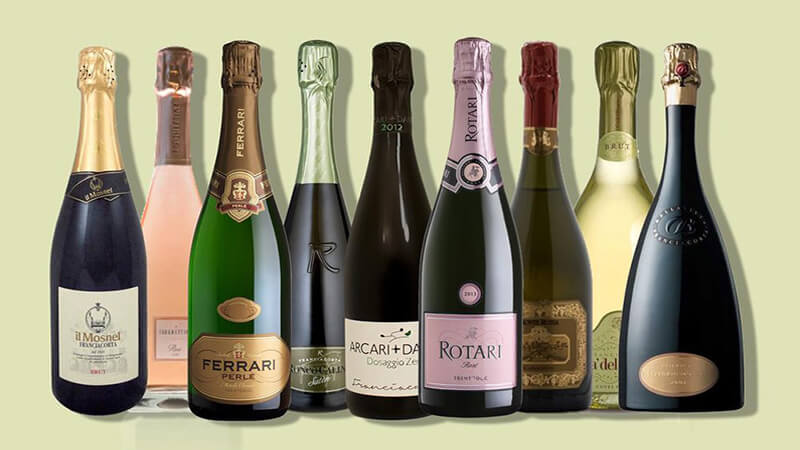 Sparkling wine
Sparkling wine
These bubbles are not a result of chance. They are skillfully created during the second phase of wine production. Sparkling wine is initially pure grape wine from the first stage. The sweetness you taste when sipping this wine is due to a small amount of sugar and a few grams of yeast added during the second stage. This combination produces CO2, creating the fizziness associated with sparkling wine. Hence, the delicate bubbles you observe.
 Sparkling wine in pink or gold
Sparkling wine in pink or gold
Sparkling wines typically range in color from golden yellow to pink and white. When savored, they offer a variety of aromas, including fruity notes (apple, pear, orange, etc.) or creamy, yeasty, and nutty scents.
Classification of Sparkling Wine
Sparkling wines are categorized based on their sugar content, making it easier for consumers to find their preferred taste and style. Here are some common types of sparkling wine:
Extra Brut: This variety has the highest level of bitterness and astringency.
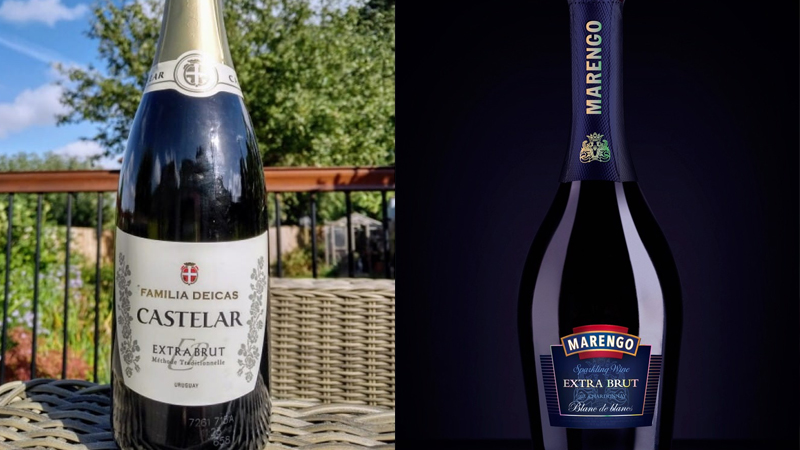 Extra Brut
Extra Brut
Brut: With moderate bitterness and astringency, this wine has a sour taste and is typically served as an aperitif at the beginning of a meal.
 Brut
Brut
Extra Dry: While still possessing some bitterness and astringency, this wine is slightly sweeter than Brut and is often enjoyed throughout a meal.
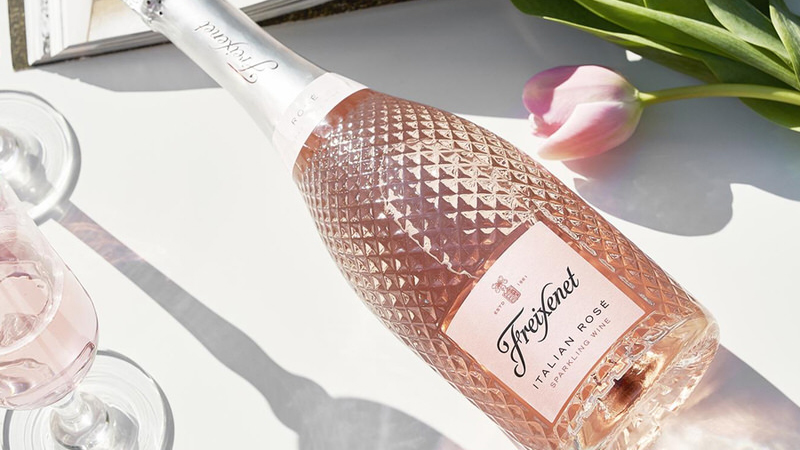 Extra Dry
Extra Dry
Demi-sec: With a noticeably sweeter taste, this wine is ideal as a dessert wine or to conclude a meal.
 Demi-sec
Demi-sec
Blanc de Blancs: Made primarily from Chardonnay or other white grape varieties.
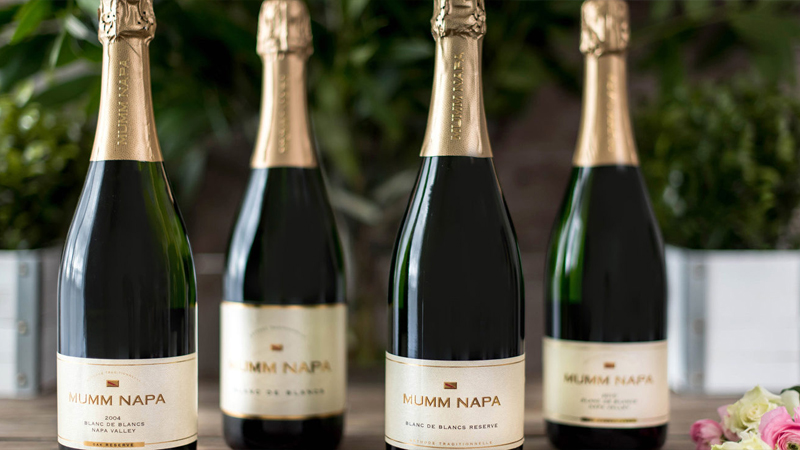 Blanc de Blancs
Blanc de Blancs
Blanc de Noirs: Produced from red grapes, often Pinot Noir. The wine is white or pale pink, and the red color can also be extracted from the skins of these red grapes.
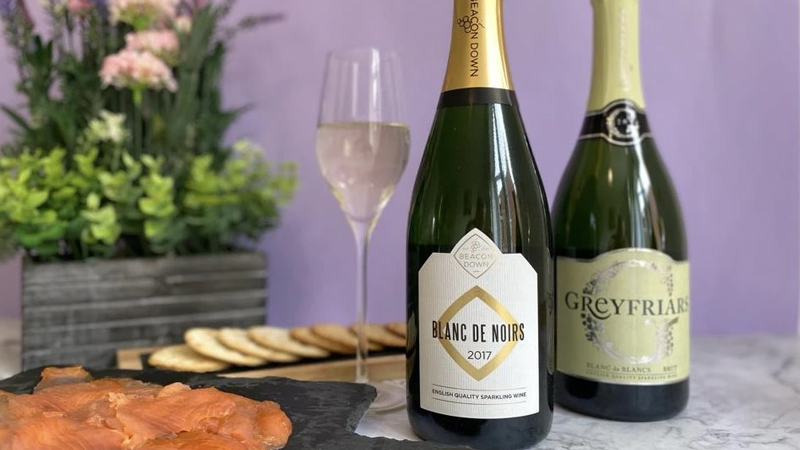 Blanc de Noirs
Blanc de Noirs
2 Is Sparkling Wine the Same as Champagne?
While sparkling wine and champagne are both types of wine that undergo secondary fermentation and are made from pure grape juice, they are not necessarily the same. The term “champagne” originates from the picturesque region of Champagne in northern France and is exclusive to wines produced in this region. Other countries, such as the United States, Russia, and France, also produce sparkling wines, but they cannot be labeled as champagne. Instead, they are known as American Sparkling Wine, Russian Sparkling Wine, or French Sparkling Wine, respectively.
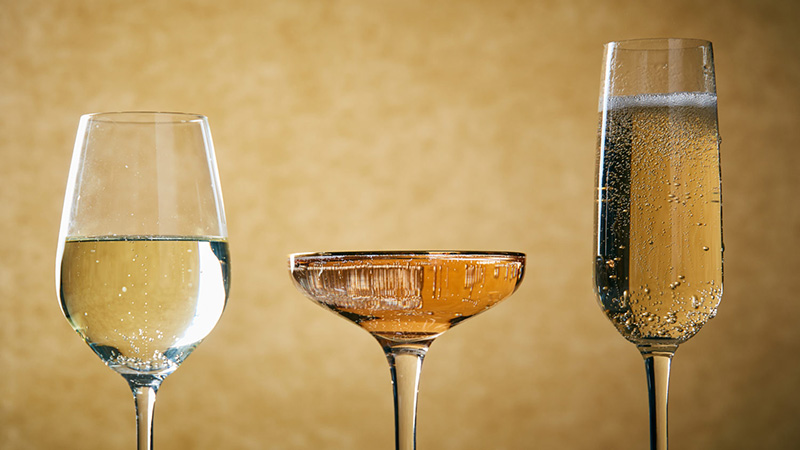 Distinguishing between sparkling wine and champagne
Distinguishing between sparkling wine and champagne
3 Famous Sparkling Wine Varieties
Champagne
Champagne is the most well-known sparkling wine from France. It is best enjoyed at a temperature of 7-10 degrees Celsius. You’ll often find champagne at weddings or other grand celebrations, such as inaugurations.
Prosecco
Prosecco, originating from Italy, has a sweet, fruity flavor and is perfect for small gatherings.
Cava
Cava, a Spanish sparkling wine, offers aromas of orange, lemon, and flowers. It is less sweet than Prosecco and is commonly enjoyed during toasts and celebrations.
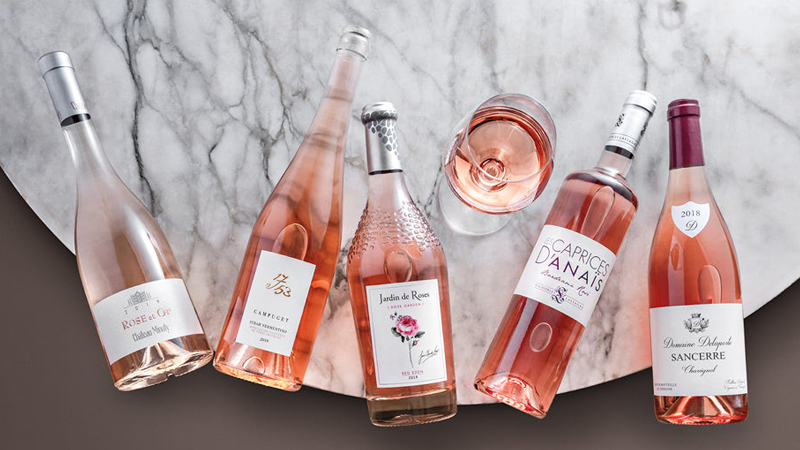 Famous sparkling wine varieties
Famous sparkling wine varieties
Crémant
This French sparkling wine exudes a rich, creamy, and sweet fragrance. It is typically enjoyed during festive occasions.
Rosé
Also from France, Rosé has a pink hue and fruity flavors, making it a popular choice for birthday celebrations.
Sekt
Originating from Germany, this sparkling wine has a floral and fruity aroma. It is commonly served at anniversary celebrations.
4 How to Drink Sparkling Wine
Here are some tips to enhance your enjoyment of sparkling wine and make the experience more refined:
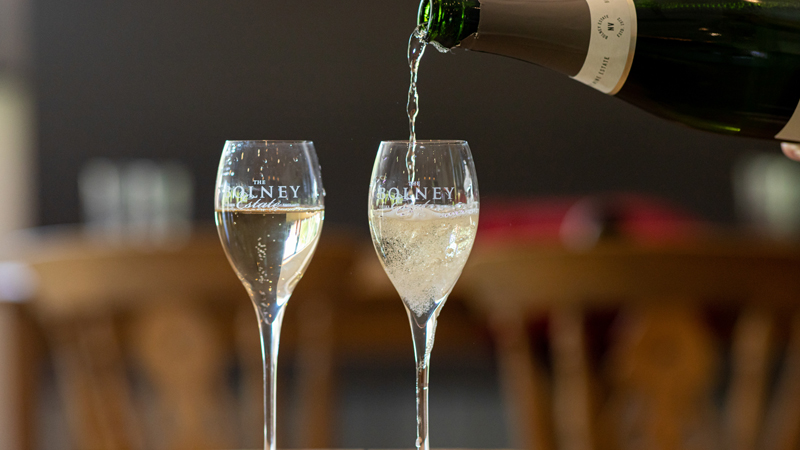 Enjoying sparkling wine with finesse and sophistication
Enjoying sparkling wine with finesse and sophistication
Sparkling wine is best enjoyed when chilled to a temperature between 3 and 7 degrees Celsius. You can achieve this by placing the bottle in an ice bucket before serving.
Different types of wine are served in specific glasses to enhance their unique characteristics. Sparkling wine is typically served in a champagne saucer or a champagne flute.
To preserve the wine’s aroma and maintain the bubbles, always reseal the bottle with a specialized rubber stopper after pouring.
When enjoying sparkling wine, pair it with complementary dishes. Sparkling wines with higher alcohol content (ABV > 15%) go well with main courses, while lighter sparkling wines (ABV < 10%) are ideal with appetizers. Sparkling wines with fruity or floral notes pair excellently with spicy dishes to balance the flavors.
Sparkling wine and champagne are indispensable at elegant parties and serve as a sophisticated means of communication among refined individuals. We hope that our insights into sparkling wine have enhanced your knowledge and appreciation of this fascinating beverage.
The Perfect Trio for a Healthy Tipple: 3 Alcoholic Beverages With a Healthy Twist
Introducing the three alcoholic beverages that won’t wreak havoc on your health: a refreshing take on indulgent drinking. First up, we have [Drink A], known for its smooth taste and moderate alcohol content, it’s a perfect choice for those who want to unwind without compromising their wellness. Next, [Drink B] takes the spotlight with its unique blend of ingredients, offering a sophisticated drinking experience like no other. And last but certainly not least, the star of the show – [Drink C]. This beverage is a game-changer, packed with health benefits that give it a nutritional edge over its counterparts. So, indulge in these guilt-free tipples and cheers to a healthier way to enjoy life’s little pleasures!




































